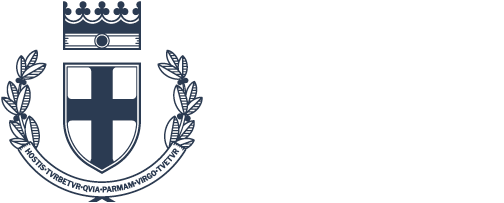The Grand Ballroom
This delightful room, originally used for balls and academic events, still shows the highly refined plaster decorations designed in 1764 by the architect E.A. Petitot and created by Benigno Bossi.
The rich decoration shows symbols of music, theatre, the arts and geometry; the four pairs of cherubs bear boughs of oak, alluding to the strength of royal power, and shields with Mercury’s helmet, a reference to prudence, diligence and glory.
The room displays precious items from the first French Empire. The most iconic piece is a painting by R. Lefèvre (1812) depicting a young Marie Louise of Hapsburg, wife of Napoleon Bonaparte and Empress of the French. According to the strict canons of official portraiture, she is surrounded by the most significant emblems of imperial authority and power. Two other masterpieces by F. Gérard and P.P. Prud’hon are on display to the side, respectively portraying Napoleon Bonaparte and the sleeping King of Rome (1811).
On the other side, a grand fortepiano belonging to Marie Louise is a magnificent testimonial to her deep passion for music. Made in Vienna by Johann Schanz in 1825, it preserves its original sound and is the much appreciated highlight of the “Musica al Museo” festival. Next to it stands the score of “The Lombards at the First Crusade” (1843), an opera dedicated to the Duchess by Giuseppe Verdi, who was “quite talented, indeed, but lacking in training”, according to a judgement of Marie Louise.
The Corbeille de mariage, halfway through the hall, is a sumptuous piece of furniture meant to stand at the centre of a room; it was a gift from the French Emperor to his young fiancée shortly before their marriage, a case for jewelry and personal objects.
The four tables contain a variety of intimate memories of Napoleon, Marie Louise and their son Napoléon François, the King of Rome; one of them is entirely dedicated to jewels. The largest showcase preserves a rich ceremonial silk costume with a long mantle embroidered in silver thread, which belonged to Marie Louise at the time she was Duchess of Parma Piacenza and Guastalla (1816-1847).














